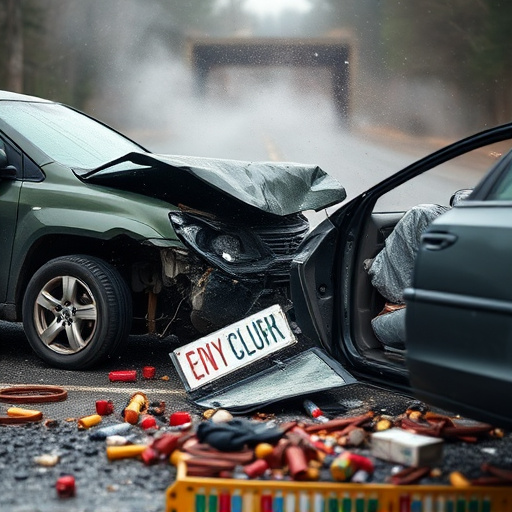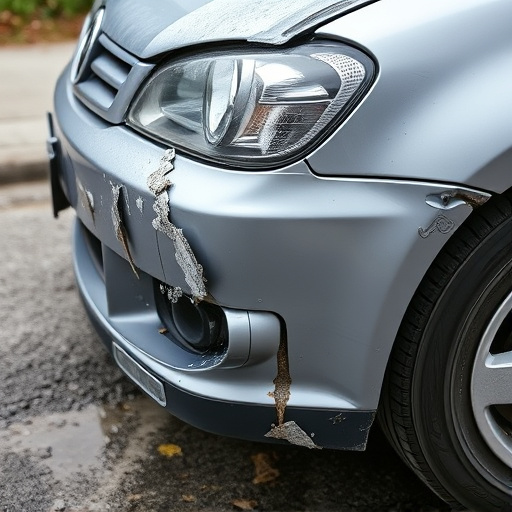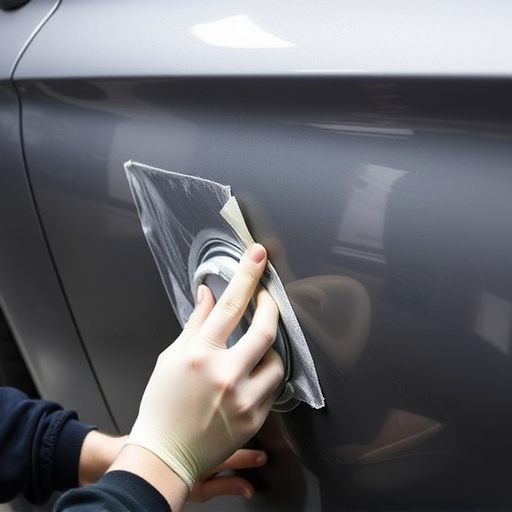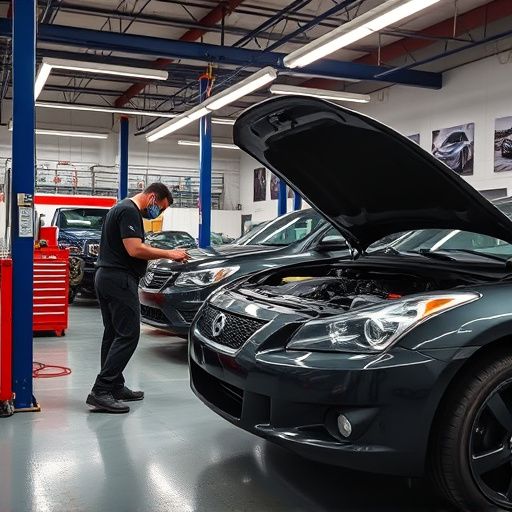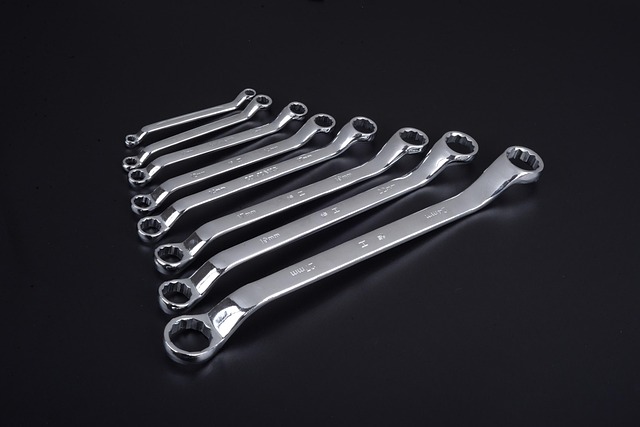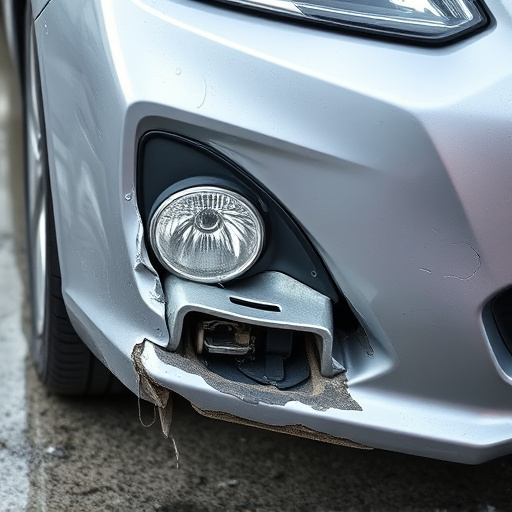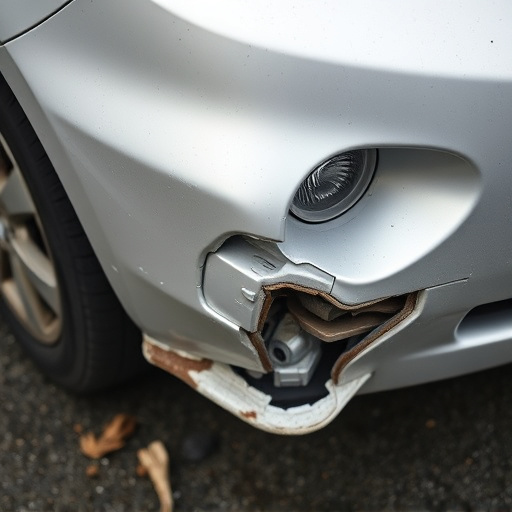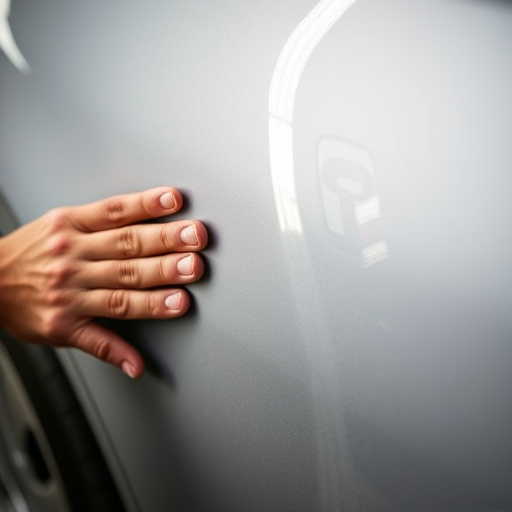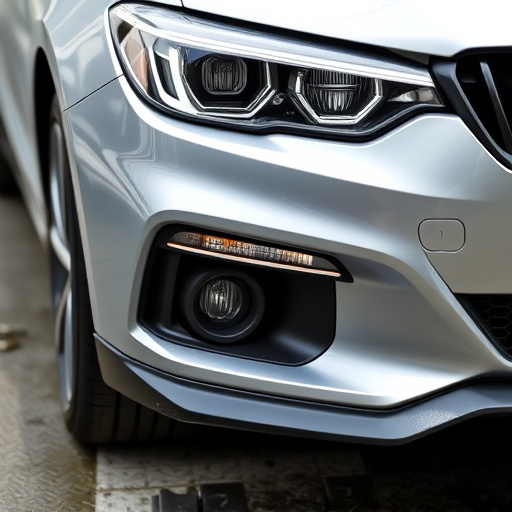Eco-friendly collision repair is transforming the automotive industry by prioritizing sustainability over toxic methods. Using recyclable materials, minimizing waste and emissions, and advanced monitoring tools, these practices benefit both the environment and customer demand for green solutions. Key strategies include low-VOC paints, eco-cleaning products, recycling programs, and energy-efficient technologies, ensuring high-quality outcomes without compromising safety or quality.
In today’s environmentally conscious world, the impact of automotive repairs on our planet is a growing concern. This article explores the innovative concept of real-time monitoring during eco-friendly collision repair practices. We delve into the latest tools and strategies that enable technicians to assess and minimize environmental damage instantly. From understanding sustainable repair methods to employing advanced monitoring systems, these measures ensure a greener approach to fixing vehicles, showcasing a commitment to preserving our environment.
- Understanding Eco-Friendly Collision Repair Practices
- Monitoring Tools for Real-Time Environmental Impact Assessment
- Strategies to Minimize and Mitigate Ecological Footprint During Repairs
Understanding Eco-Friendly Collision Repair Practices
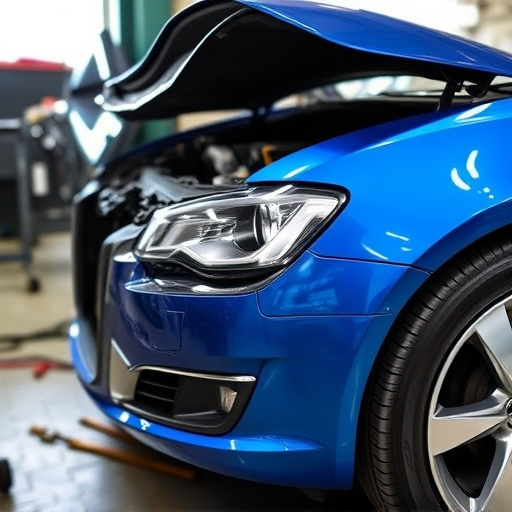
Eco-friendly collision repair practices are transforming the automotive industry by prioritizing sustainability and environmental conservation. Unlike traditional methods that often rely on toxic materials and energy-intensive processes, eco-friendly repairs focus on minimizing waste, reducing emissions, and utilizing recyclable or biodegradable alternatives. For instance, in dent repair, professionals employ innovative techniques like paintless dent removal, which avoids damaging the car’s finish and reduces the need for hazardous paints and solvents.
Auto glass replacement is another area where eco-conscious approaches are gaining traction. Many companies now offer recycled and repurposed glass options, diverting materials from landfills and reducing the demand for new resources. Moreover, car dent removal processes are evolving to be more efficient and less harmful to the environment, aligning with the growing trend towards sustainable transportation solutions.
Monitoring Tools for Real-Time Environmental Impact Assessment
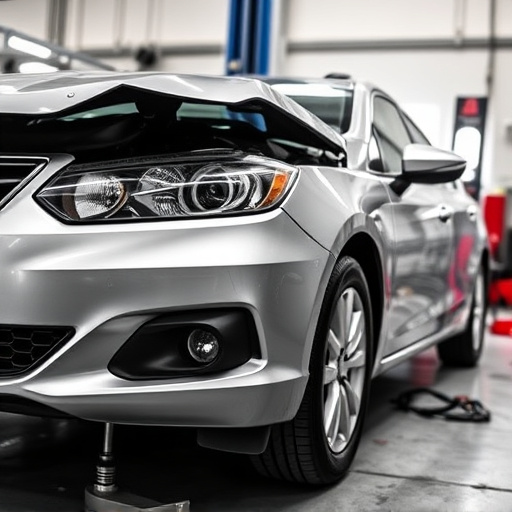
The shift towards eco-friendly collision repair has prompted the development of advanced monitoring tools to assess real-time environmental impact. These innovative solutions equip vehicle body shops with data-driven insights, enabling them to make informed decisions that minimize ecological consequences. Sensors and cameras integrated into auto glass repair processes capture emissions, waste generation, and energy consumption, providing a comprehensive view of the workshop’s sustainability performance.
For instance, real-time monitoring can optimize the use of materials and resources in car damage repair. By tracking material usage and waste output, eco-conscious shops can implement more efficient practices, such as recycling auto glass and utilizing sustainable substitutes for traditional repair materials. This not only reduces environmental impact but also contributes to a greener reputation among customers seeking eco-friendly collision repair services.
Strategies to Minimize and Mitigate Ecological Footprint During Repairs
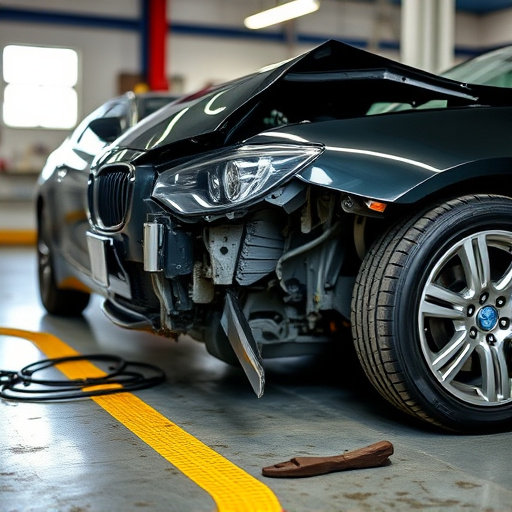
Implementing eco-friendly practices during collision repair is a strategic approach to minimize environmental impact while ensuring high-quality outcomes. One key strategy involves using sustainable materials and resources, such as low-VOC (volatile organic compound) paints and eco-conscious cleaning products. These alternatives not only reduce air pollution but also create a healthier workspace for technicians.
Additionally, efficient waste management plays a crucial role in eco-friendly collision repair. By adopting recycling programs for metal scraps, used filters, and even spent solvents, auto body shops can significantly decrease their ecological footprint. Moreover, integrating green technologies like water-based coating systems and energy-efficient equipment into car paint services and automotive repair services further contributes to sustainability. These measures ensure that tire services are not the only aspect of these repairs considered; every step is taken to protect the environment without compromising on safety or quality.
The shift towards eco-friendly collision repair practices is not just a trend but a necessary step towards a more sustainable future. By employing real-time monitoring of environmental impact, we can ensure these repairs minimize ecological footprints. Utilizing advanced assessment tools and strategic mitigation methods, the automotive industry can contribute to environmental preservation while delivering high-quality services. This holistic approach to eco-friendly collision repair sets the stage for a greener, more responsible tomorrow.
